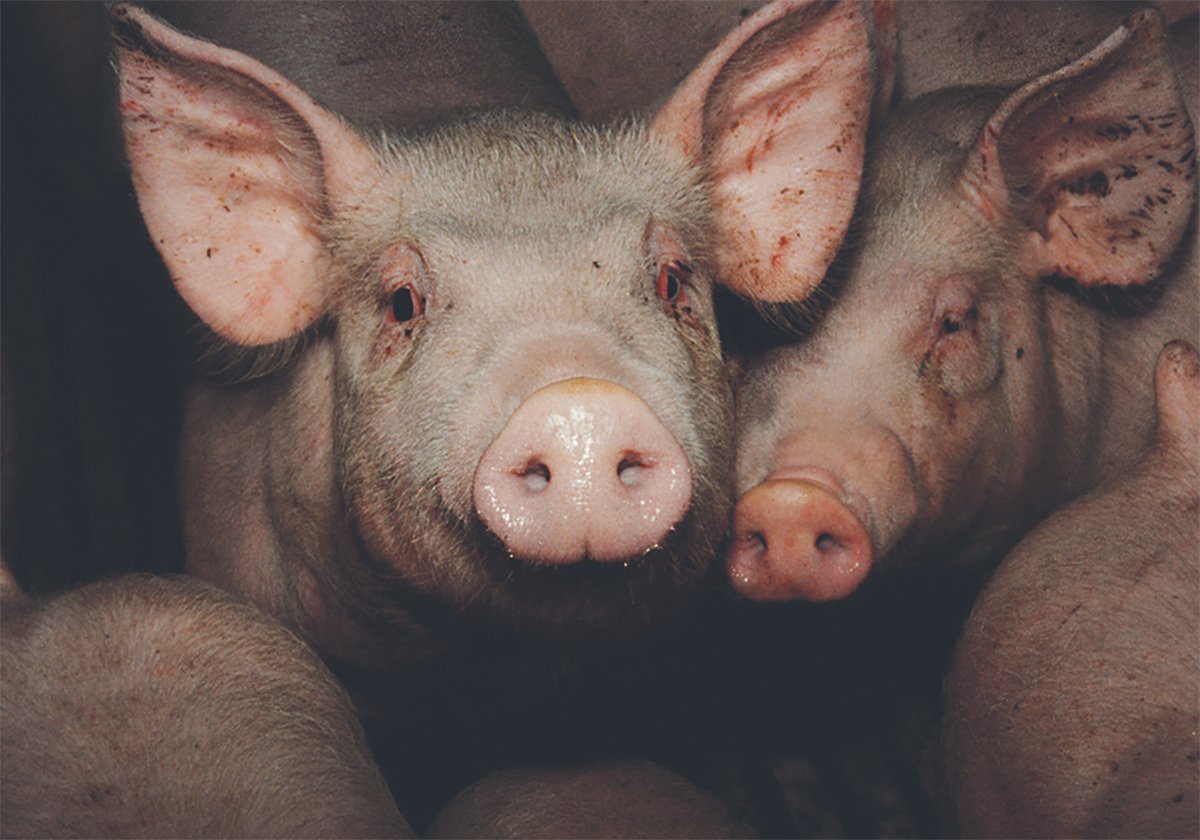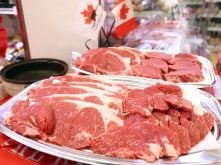CHARLOTTE, N.C. – The American meat industry is intent on becoming an export giant that pursues volume and value.
Strong performance on the beef side saw the United States ship more than one million tonnes of beef out of the country for the first time in 1998. Pork and lamb exports to overseas markets also improved.
“It was a surprise to reach that,” said Merlyn Carlson, U.S. Meat Export Federation president, during an international markets committee meeting of the National Cattlemen’s Beef Association.
“MEF has significantly increased its promotion activities in the supermarkets with an objective of establishing a positive image for U.S. beef. It shows in those performance figures,” said Carlson.
Read Also

The Western Producer Livestock Report – October 30, 2025
Western Producer Livestock Report for October 30, 2025. See U.S. & Canadian hog prices, Canadian bison & lamb market data and sales insights.
The federation formed in 1976 to identify and promote international markets for red meat exports. It is funded in part by checkoffs paid by the beef industry.
In 1980, the U.S. exported just over 102,000 tonnes of beef and in 1996 exported 853,000 tonnes.
In 1998 it exported just over one million tonnes of beef, 545,000 tonnes of pork and 8,100 tonnes of lamb. The long-range goal is to boost exports by 2005 to 1.8 million tonnes of beef, 1.4 million tonnes of pork and 9,800 tonnes of lamb.
Canada is treated as part of the domestic market by most major exporters but groups like the NCBA want to see the Canadian market more aggressively pursued.
In addition it wants to increase the value of cuts shipped from each sector. Dollar values of exports declined slightly because of depreciation of foreign currency relative to the U.S. dollar.
Big jump
Nevertheless, exports to almost all markets marked substantial improvements.
Japanese purchases were up 18 percent in 1998, which was a surprise. But many of those sales were for lower-value cuts as Japanese buying habits changed in response to financial difficulties.
“We know volumes are up but values are down because of the weak yen for most of the year,” Carlson said.
Australia is competitive in this market and supplied customers including Japan and South Korea with lower-value cuts.
While U.S. exports increased in almost every market, South Korean sales were down by 70 percent.
The South Korean government allocated a 187,000 tonne beef quota but buying groups fell short because of weakened currency and a “buy Korean” campaign. The U.S. has more than half of the Korean beef buying market, followed by Australia, New Zealand and Canada.
The meat federation expects a turnaround as South Korea settles its financial problems.
Mexico showed a 24 percent increase in U.S. purchases. In 1997 Mexico took 146,000 tonnes of beef and in 1998 bought an estimated 181,000 tonnes.
On the import side, the U.S. imported a record amount of beef from Australia, Canada, New Zealand and Brazil. The final amount for 1998 is estimated at 2.6 billion pounds, according to Cattlefax figures.
Most of the imports were manufacturing quality beef.
The Americans bought about 820 million lb. of beef from Australia, 835 million lb. from Canada, 600 million lb. from New Zealand and 133 million lb. from Brazil.
Cattlefax predicted imports will remain at this level as long as the U.S. dollar remains strong. In addition, as the domestic cow slaughter continues to decline, the need for cow beef will be filled by imports.
Calgary reporter Barbara Duckworth filed these stories from the annual convention in Charlotte, North Carolina.















